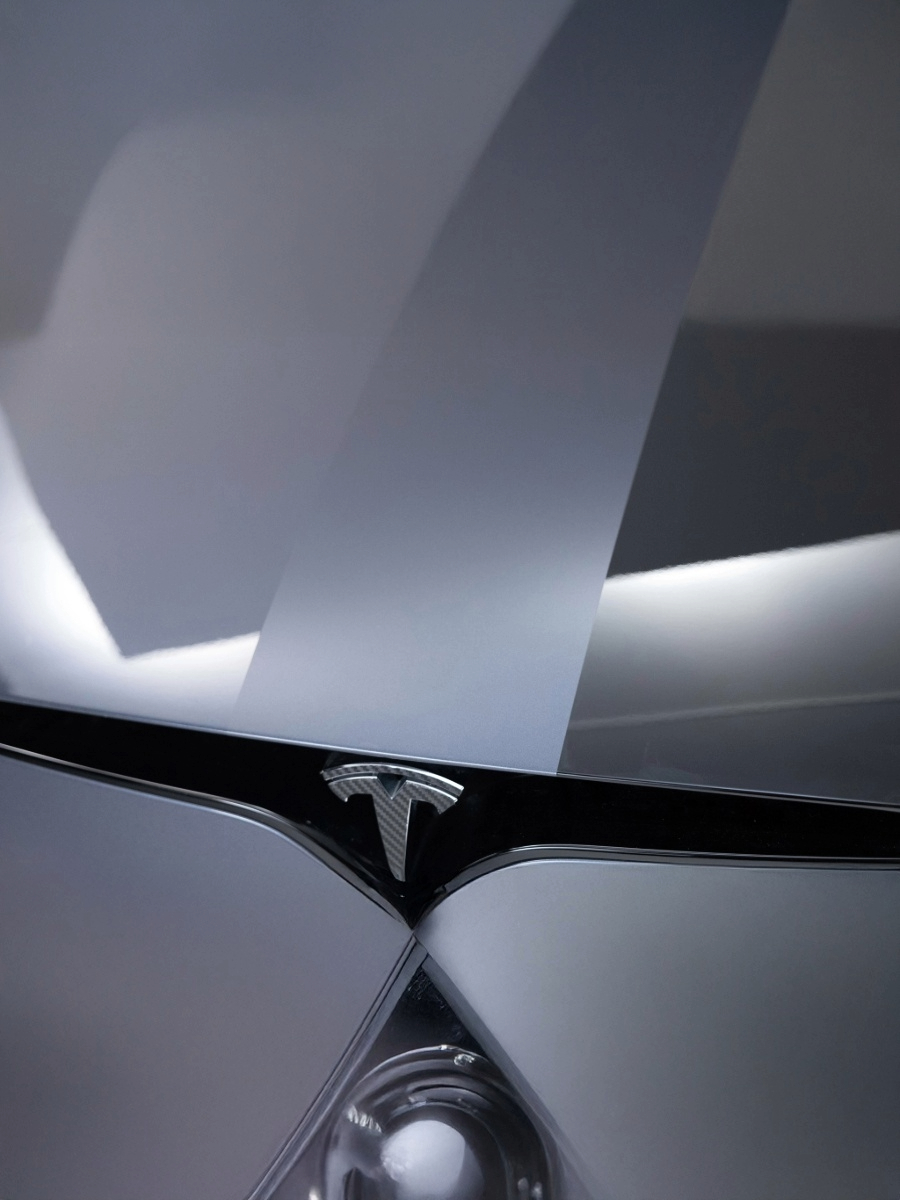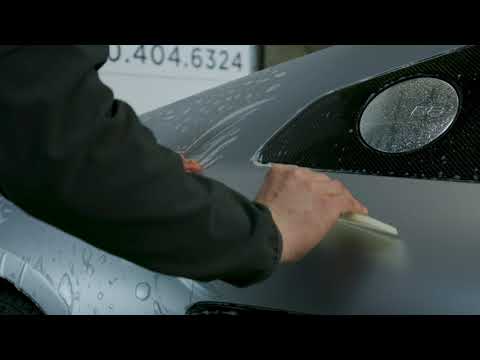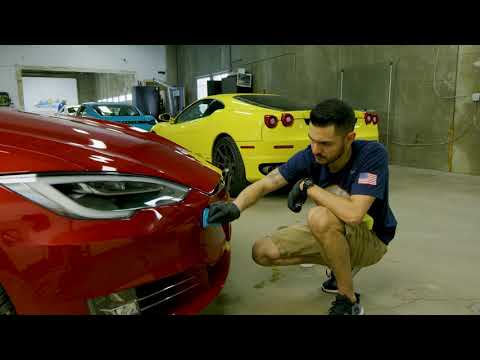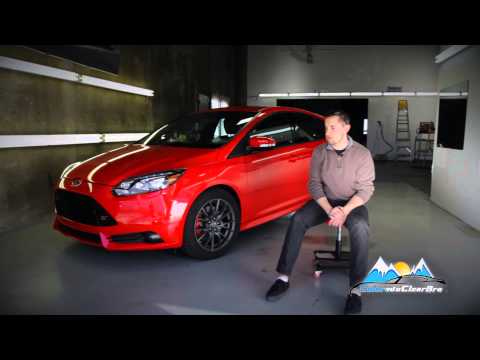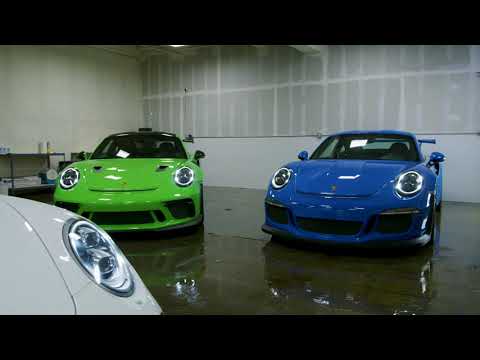Is it possible for your car's protective layer to fix itself and last a long time? This is real, not something from the future. It's happening with self-healing paint protection film (PPF). Nowadays, keeping your car safe is vital. Both car lovers and everyday drivers want to know how long does self-healing PPF lasts. As the ability to self-repair makes PPF more popular, we'll explore why it's in high demand and how it protects your car against daily wear and tear.
Self-healing PPF is like an invisible guard. It keeps your car's paint protected from minor cuts, scrapes, and environmental damage. But how tough is this material? We'll discuss how things like quality, how you take care of it, and weather affect its life. This piece aims to show you the best ways to look after your self-healing PPF, so it does the best job of protecting your vehicle.
Want to know more about what makes this technology last and how to take care of it? Explore this comprehensive guide to PPF the Ultimate Protection for your car. Experts share tips on how to maximize the benefits of your PPF and keep your car looking new for an extended period.
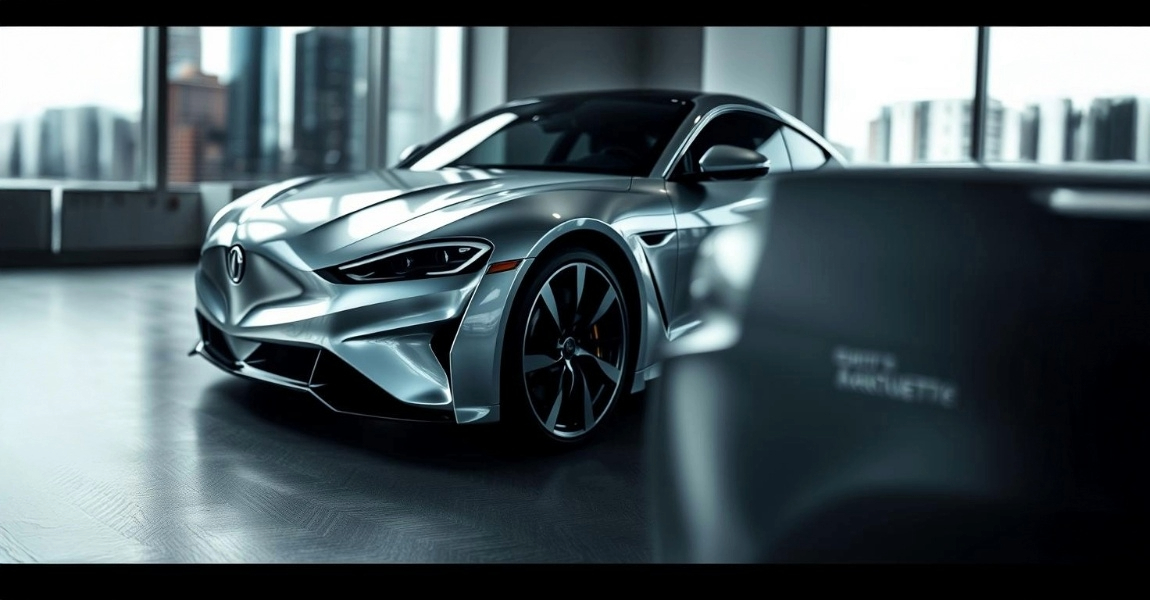
Table of Contents
- Introduction to Self-Healing PPF
- Factors Influencing the Lifespan of Self-Healing PPF
- The Expected Lifespan of Self-Healing Paint Protection Film
- How Long Does Self-Healing PPF Last?
- Maintenance Tips for Extended Self-Healing PPF Longevity
- Warning Signs of Wear and Tear on Self-Healing PPF
- Comparing Different Brands for Self-Healing Film Longevity
- Professional Installation vs. DIY: Impacts on Self-Healing PPF Longevity
- Conclusion
- FAQ
Key Takeaways - How Long Does Self-Healing PPF Last?
- Self-healing PPF provides innovative vehicle protection, repairing minor scratches over time.
- Factors such as quality, driving habits, and maintenance have a significant influence on the longevity of self-healing PPF.
- Understanding how to care for your PPF can extend its life and maintain its self-repairing properties.
- Exposure to harsh elements requires proactive measures to ensure the self-healing PPF's durability.
- Exploring different brands and installation methods will shed light on the best options for achieving protective longevity.
Introduction to Self-Healing PPF
Welcome to the exciting world of self-healing paint protection film (PPF). This cutting-edge technology keeps your car's exterior like new. We'll explore what self-healing PPF is and how its advanced technology works.
What Is Self-Healing PPF?
Self-healing PPF is a transparent, polymer material. It's put over a car’s paint to shield it from scratches, chips, and minor damage. It stands out because it can fix itself. With self-healing properties, this film can regain its original appearance after being scratched, helping it last longer and maintain its pristine look.
The Technology Behind Self-Healing Features
The magic behind this self-fixing ability is advanced polymer chemistry. When scratched, the material reacts to heat—like from the sun or a heat gun—and "flows" to fill in scratches smoothly. This not only makes the car look better but also helps the film last longer.
By preserving the original paint and addressing imperfections on their own, these films offer both beauty and protection. This means your car looks great without needing constant upkeep.
This innovative technology is a big step forward in car care. It combines durability with impressive self-healing properties. This keeps cars looking their best without lots of work.
Factors Influencing the Lifespan of Self-Healing PPF
The duration of self-healing PPF is closely tied to different factors. This includes the environment, how the film is treated, and the way it's maintained. Getting to know these areas can help make the self-healing film last longer.
The film's quality plays a significant role in its ability to stand on its own. Top-notch films deal with minor scratches and marks better. This makes them last longer.
Environmental factors also matter a lot. Continuous exposure to intense sun, very hot or cold temperatures, and dirty air can harm the self-healing PPF. It can shorten its life. UV sunlight, especially, can accelerate damage and render the film less capable of healing itself.
- Maintaining the film in good condition is crucial. This means washing it often. It's also essential to use safe cleaning products designed explicitly for PPF.
- How the film handles things like scratches or dents is also essential. Self-healing PPF can fix minor damages. But big damages may be too much for it to handle.
Following these tips can significantly enhance the lifespan of the self-healing film. This ensures your vehicle stays looking great and well-protected for a longer duration of self-healing PPF.
The Expected Lifespan of Self-Healing Paint Protection Film
The lifespan of self-healing paint protection film (PPF) is crucial for those who want to maintain their car's appearance. The self-healing PPF can last between five and ten years, depending on its quality, usage, and care. Warranties given by manufacturers often match this expected lifespan. Yet, how long it lasts can vary based on real use.
One of the top benefits of good self-healing PPF is that it can fix its scratches and marks if it gets warm. This keeps the film clear and keeps doing a great job of protecting the car's paint. Many people find these films last a long time and work well, showing why it's smart to buy a top-quality product.
Looking at what both the makers and users say helps us see how durable and effective self-healing PPF is:
- Self-healing features typically last around five years under normal conditions.
- If you take good care of it, it might even last up to ten years.
- Many brands offer warranties that cover issues such as yellowing, cracking, or peeling for a specified period.
The lifespan of self-healing PPF can vary, but making a smart purchase and taking good care of it can significantly extend its life. It's always a good idea to consult certified experts to ensure it's applied and maintained correctly. This can help extend the life of your PPF.
How Long Does Self-Healing PPF Last?
Many people wonder, "How long does self-healing PPF last?" The lifespan of paint protection film (PPF) varies. It can last from 5 to 10 years. This depends on several factors, including how you maintain it. Here’s what you need to know.
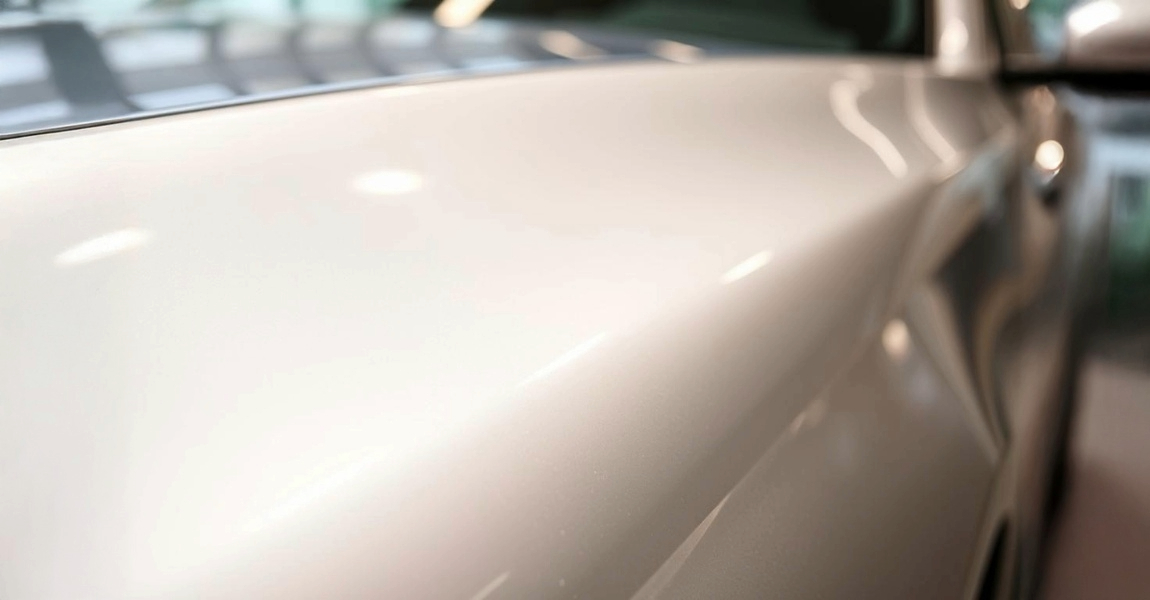
Car enthusiasts often opt for self-healing PPF to protect their car's paint from scratches and dents. This PPF can repair minor scratches on its own. This keeps the car looking new for a longer time.
The film's quality, how you use it, and how you maintain it, all depend on its life. If you wash your car by hand, avoid strong chemicals, and pick the proper car wash, your PPF could last longer. Putting a ceramic coating on top of the PPF can also help protect against damage.
Read more about paint protection lifespan.
| Care Tips | Impact on PPF Lifespan |
|---|---|
| Regular handwashing | Prevents the buildup of dirt and lowers the risk of scratches |
| Use of touchless car washes | Reduces physical contact and potential damage |
| Avoid harsh chemicals | Preserves film integrity and appearance |
| Application of wax or sealant | Provides an extra layer of protection |
| Applying a ceramic coating | Enhances impact resistance and durability |
In conclusion, how long does self-healing PPF last? It depends on the quality of the product and how well you maintain it. Following the recommended care tips will help ensure your PPF and your vehicle look great for years.
Maintenance Tips for Extended Self-Healing PPF Longevity
To keep your self-healing paint protection film (PPF) in top condition, proper care is essential. Following expert tips can help make your PPF last longer and function more effectively. This section guides cleaning and maintaining your PPF, as well as tips on protecting it from harsh weather and environmental factors.
Regular Cleaning and Care
Keeping the PPF in good condition requires regular care. By washing your car every two weeks with a pH-neutral shampoo, you can prevent dirt and debris from harming the film. Avoid using wax-based cleaners, as they can compromise the film's self-healing properties.
Protecting Your PPF from Harsh Elements
Factors such as UV rays, salt, and pollution can accelerate the damage to your PPF. To protect it, try to park in shaded spots or use a car cover. Adding a sealant designed explicitly for self-healing PPF every six months can also help protect it from harsh weather conditions.
Check out this detailed table for recommended products that help care for your PPF:
| Product Type | Product Name | Benefits |
|---|---|---|
| Shampoo | AutoClean pH-Neutral Shampoo | Gently cleanses without damaging the self-healing layer of the PPF |
| Sealant | ShieldPro PPF Sealant | Offers extra protection against UV rays and pollutants |
| Car Cover | UltraShield Car Cover | Acts as a shield against environmental harm |
These maintenance tips and recommended products will significantly boost your PPF's self-healing capability. Caring for your PPF not only protects your investment but also keeps your vehicle looking great.
Warning Signs of Wear and Tear on Self-Healing PPF
Self-healing paint protection films (PPF) are tough but not damage-proof. Knowing the warning signs of wear on your PPF helps keep it working well. Look out for key signs that show your PPF might need a check-up or replacement to keep protecting your car.
Discoloration and Peeling
When a self-healing PPF starts to fail, it may discolor. This means it can turn yellow or look dull, making your car less shiny. If the PPF begins to peel around the edges, dirt and moisture can get underneath. This breaks down the self-repairing PPF durability.
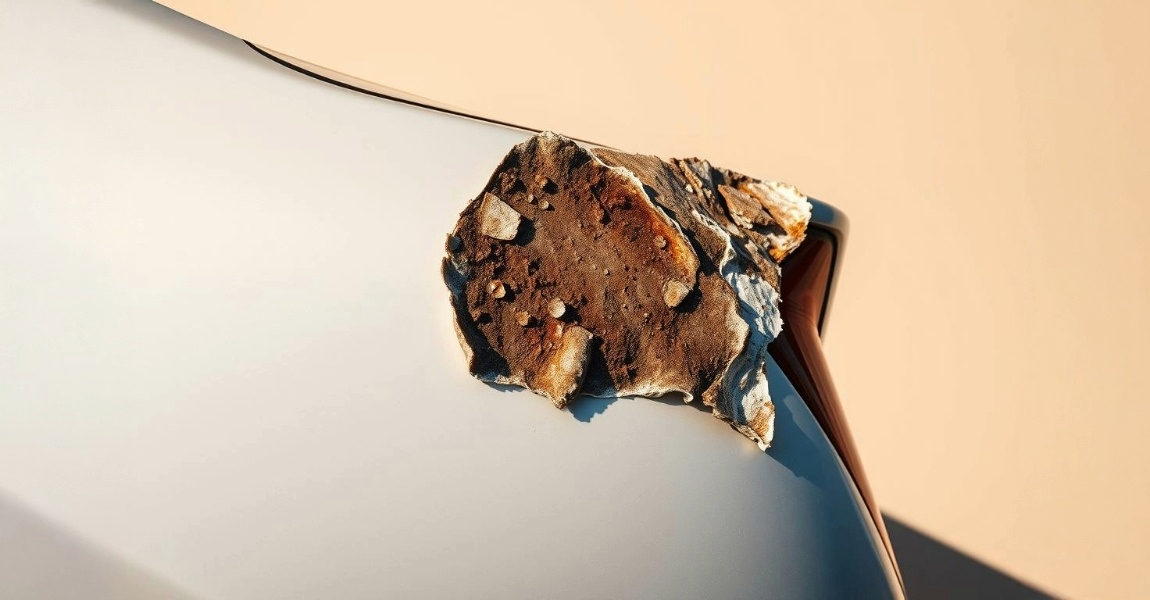
Reduced Self-Healing Efficiency
The significant advantage of self-healing PPF is its ability to repair scratches with heat. If scratches don't go away or the film stays scratched in the heat, it's not fixing itself as it should. This drop in healing power is a big warning sign of wear to look out for.
Keep an eye on your PPF for these issues to protect your car's look. Solving problems quickly can stop bigger harm. This keeps the self-repairing PPF's durability up and your car looking great.
Comparing Different Brands for Self-Healing Film Longevity
Choosing the longest-lasting PPF (paint protection film) is key for your car's paint protection. Different brands offer various levels of quality in self-healing PPF. It's essential to understand these differences to make informed choices. We've examined top brands, focusing on their longevity, technology, and customer satisfaction. Let's see how they compare:
| Brand | Longevity (Years) | Self-Healing Ability | Customer Satisfaction |
|---|---|---|---|
| XPEL | 10 | Excellent | High |
| 3M | 7 | Very Good | High |
| Suntek | 5 | Good | Medium |
| Avery Dennison | 5 | Good | Medium |
For the longest-lasting PPF, XPEL is the top choice. It's known for its durability and comes with strong warranties. It's a film that repairs scratches with heat, keeping your car looking new for longer.
Next is 3M, well-liked for its tough film and positive reviews. Although it may not last as long as XPEL, it remains a strong choice for protecting your car.
Suntek PPF and Avery Dennison are good if you're watching your budget. They may not beat the top players in longevity and healing, but they're cost-effective and dependable.
In conclusion, selecting the right PPF involves matching your needs with what's available. Think about longevity, healing ability, and customer reviews to make the best choice for your vehicle.
Professional Installation vs. DIY: Impacts on Self-Healing PPF Longevity
Choosing between professional installation and doing it yourself for self-healing paint protection film (PPF) involves many factors. Each choice affects the film’s lifespan and effectiveness in different ways. This includes the quality of installation, potential errors, and long-term results.
Professional installation means the film fits perfectly to your car’s shape. It reduces mistakes that could weaken the film’s ability. Professionals utilize specialized tools and their expertise to prevent problems such as bubbles or wrinkles, which are common in DIY projects.
Benefits of Professional Installation
- Expert application techniques ensure smooth, seamless coverage.
- Use of proper tools and environment to optimize adhesion and curing.
- Warranty benefits safeguard against potential defects or application flaws.
- Advice from seasoned professionals on maintenance and care can enhance the longevity of PPF.
Opting for professional installation ensures your car receives reliable protection without stress. Technicians are familiar with the intricacies of self-healing PPF materials.
Risks Associated with DIY Installation
- Incomplete curing due to inadequate environmental controls affects the film's efficacy.
- Higher likelihood of human error, potentially leading to cosmetic issues and poor performance.
- Lack of warranty coverage for materials and labor poses financial risks if reapplication is necessary.
- Possible damage to the vehicle's paint during self-guided, incorrect application processes.
DIY installation risks could damage your car’s appearance and the PPF’s protective shield. Lacking the proper skills or environment can lead to inadequate protection. This might mean you’ll need to replace it sooner or pay for professional fixes.
The decision between professional and DIY installation has a significant impact on the effectiveness and lifespan of your PPF. Although DIY might save money initially, the risk of mistakes and additional costs later often makes choosing a professional the better option.
Conclusion
We've looked at how self-healing PPF can protect your car's paint. Its success stems from several factors, including film quality and proper care. Choosing self-healing PPF means your car will retain its appearance longer, preserving its value.
Maintaining the film in top condition requires regular cleaning and protection from harsh weather conditions. Spotting any damage early can also help prevent issues from worsening. Whether you install it yourself or hire a pro can significantly affect how well the PPF works.
For top-notch paint protection, getting it professionally done is key. Colorado Clear Bra is recognized for its expertise in applying self-healing PPF, which extends the lifespan of your car's paint and enhances its appearance. For the best protection for your vehicle, contact Colorado Clear Bra at 720-404-6324. It's a smart move for anyone who wants to keep their car in excellent condition for years to come.
FAQ
What Is Self-Healing PPF?
Self-healing paint protection film (PPF) is a cutting-edge car coating. It heals minor scratches and marks on its own. It protects car paint from damage, chips, and scratches.
How does the technology behind self-healing features work?
This PPF has special polymers that fix scratches when heated. Sun or hot water causes these polymers to reshape, concealing damage.
What factors influence the lifespan of self-healing PPF?
The lifespan of PPF is affected by its quality, weather, and exposure to UV rays. Taking good care of it makes it last longer.
What is the expected lifespan of self-healing paint protection film?
Quality self-healing PPF can last 5 to 10 years. Warranties match this time. But its life depends on several factors.
How can one extend the lifespan of self-healing PPF?
Keeping PPF long-lasting means regular cleaning and care. Don't use harsh cleaners. A ceramic coat adds more protection.
What are some maintenance tips for maximizing the longevity of extended self-healing PPF?
For a longer PPF life, wash your car often. Use special cleaners. Avoid strong water jets and remove stains fast.
What are the warning signs of wear and tear on self-healing PPF?
PPF wearing out is indicated by discoloration, peeling edges, or reduced self-healing. These mean it might need replacing soon.
How do different brands compare in terms of self-healing film longevity?
Brands like XPEL and 3M offer durable, self-healing PPF. Check reviews and warranties to pick the best for your car.
What are the benefits of professional PPF installation?
Professional installation ensures a perfect fit and a great appearance. Experts handle warranty and reduce the risks of bubbles or wrinkles.
What are the risks associated with DIY PPF installation?
DIY PPF may end up misaligned, reducing its protective value. Mistakes, such as dirt or bubbles under the film, can cut its life short.






